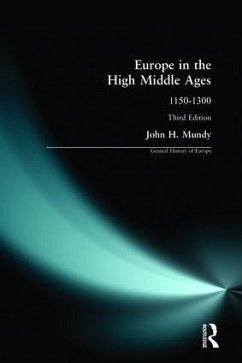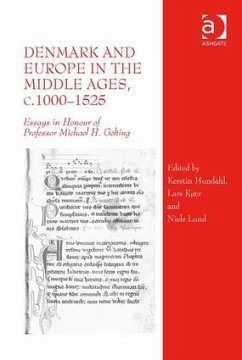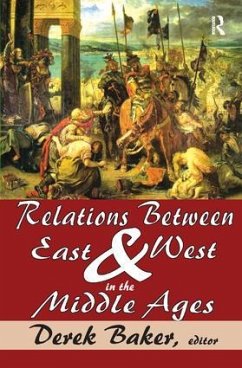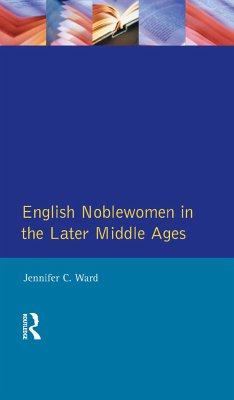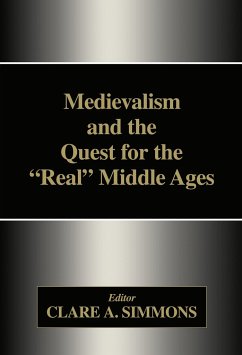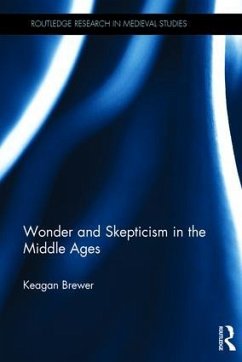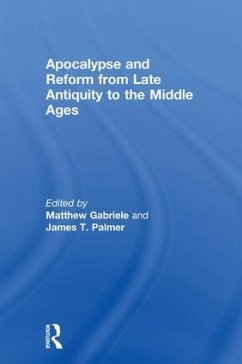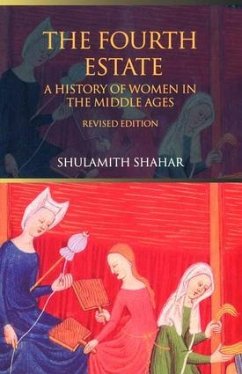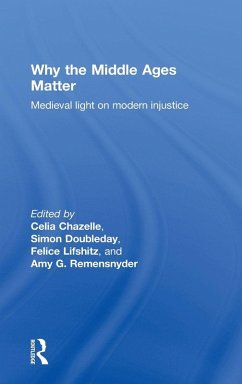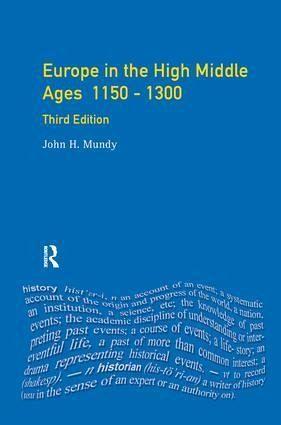
Europe in the High Middle Ages
1150-1300
Versandkostenfrei!
Versandfertig in 1-2 Wochen
168,99 €
inkl. MwSt.
Weitere Ausgaben:

PAYBACK Punkte
84 °P sammeln!
A revised and updated new edition of Professor Mundy's lively introduction to Europe 1150-1300. It provides a portrait of the social, economic, political and intellectual life of Latin Christendom in the period. Wherever possible the men and women of the high middle ages are allowed to speak for themselves as Professor Mundy makes wide use of contemporary sources xxx; bringing alive the complexities and concerns of people living in medieval times. Another strength of the book is the attention devoted to groups often marginalised in other histories xxx; looking at the experience of women, for i...
A revised and updated new edition of Professor Mundy's lively introduction to Europe 1150-1300. It provides a portrait of the social, economic, political and intellectual life of Latin Christendom in the period. Wherever possible the men and women of the high middle ages are allowed to speak for themselves as Professor Mundy makes wide use of contemporary sources xxx; bringing alive the complexities and concerns of people living in medieval times. Another strength of the book is the attention devoted to groups often marginalised in other histories xxx; looking at the experience of women, for instance, and that of the Jews in a predominantly Christian society.





